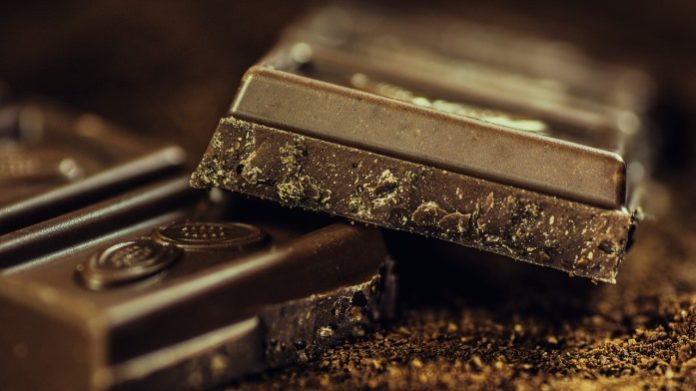Did you eat a lot of chocolate this Valentine’s Day? The deliciously decadent treat is definitely one of the most popular and classic Valentine’s Day gifts.
Dark chocolate can be more than just a tasty snack; it can be a great source of antioxidants – natural compounds that have been linked to some beneficial health effects. However, many chocolate bars, including popular brands like Lindt and Ghirardelli, are also full of milk and sugar and can vary wildly in their antioxidant content. Recently, food scientists at the University of British Columbia (UBC) have developed a cheaper and faster method to measure antioxidant levels in chocolate.
Xiaonan Lu, Assistant Professor in the Faculty of Land and Food Systems at UBC, told UBC News that, “Our method predicts the antioxidant levels in chocolate under a minute.”
The new system, developed with PhD student Yaxi Hu, involves analyzing the antioxidant capacity and phenolic content of chocolate samples using infrared spectroscopy. This is a significant time-saver compared to the traditional methods used today, which rely on biochemical tests that can take up to several days to complete.
“Testing for antioxidant levels can give chocolatiers guidance on which cocoa beans to select, or how to improve their processing parameters,” Hu told UBC News.
The chocolate-making process
The antioxidants in chocolate come from cacao and cocoa.
Although these words are often used interchangeably, they actually refer to two different version of the cocoa bean, processed under different conditions.
Cacao is often sold as raw, undergoing a natural fermentation process instead of roasting. This helps to retain nutrients and antioxidants. Cocoa is what we normally find in our chocolate bars. Unlike cacao, cocoa is processed with high heat, which reduces the antioxidant content. As result, raw cacao contains nearly four times the antioxidant content compared to normal dark chocolate.
Lu and Hu are using their new method to measure the antioxidant levels in cacao beans at different chocolate processing stages. They believe the new method will help refine the chocolate-making process and optimize antioxidant levels in chocolate.
“If we identify drying as the step that significantly lowers the bean’s antioxidant properties, for example, we will want to develop a strategy to reduce the drying time, or drying temperature,” said Lu.
Don’t judge chocolate by its label
Still, food labels are often misleading. When the label says 90% cacao, we naturally assume that the chocolate bar contains 90% cacao. But the number actually refers to the total weight of ingredients from the cacao bean, including cocoa powder and cocoa butter, which may not necessarily contain antioxidants.
Many people also refer to dark chocolate as a superfood because of its antioxidant content, but the term “superfood” is mainly a marketing term with little scientific basis. That’s because the way in which these foods are studied in labs is very different than the way we might normally consume them.
Staying healthy is much more related to eating a balanced and varied diet rather than consuming any one specific food.








































